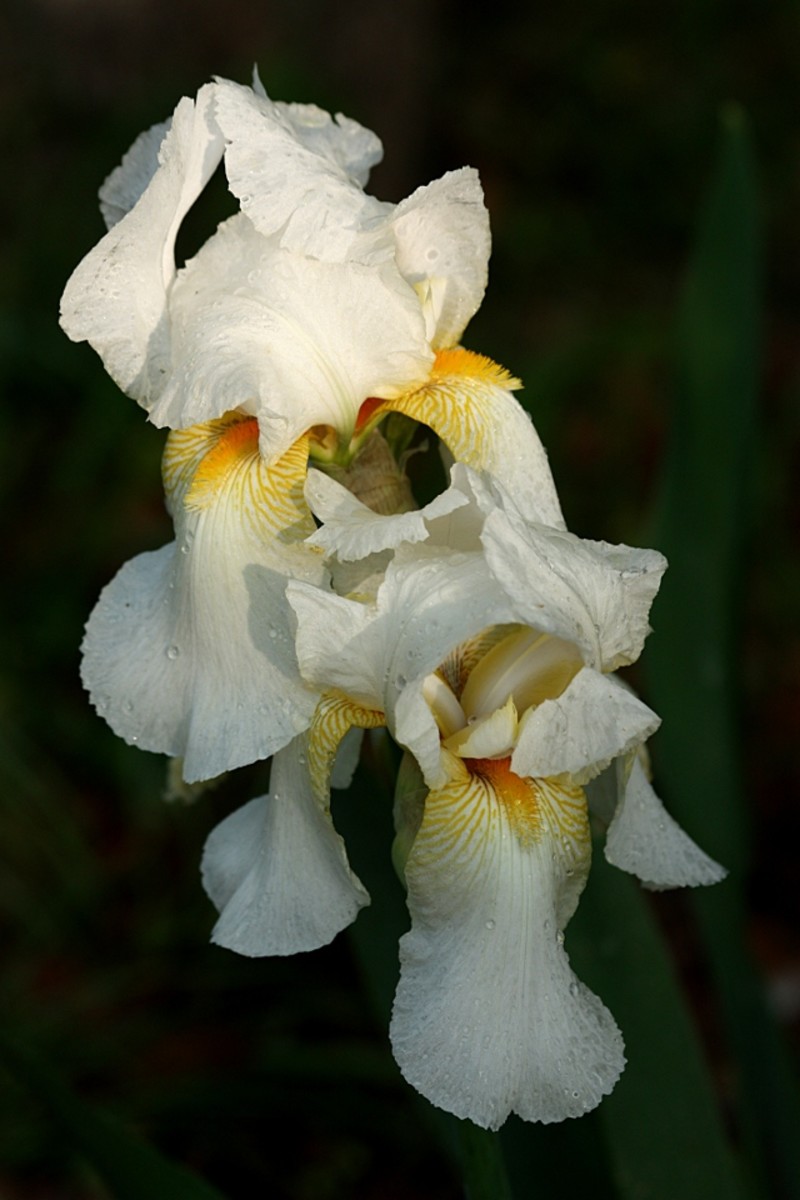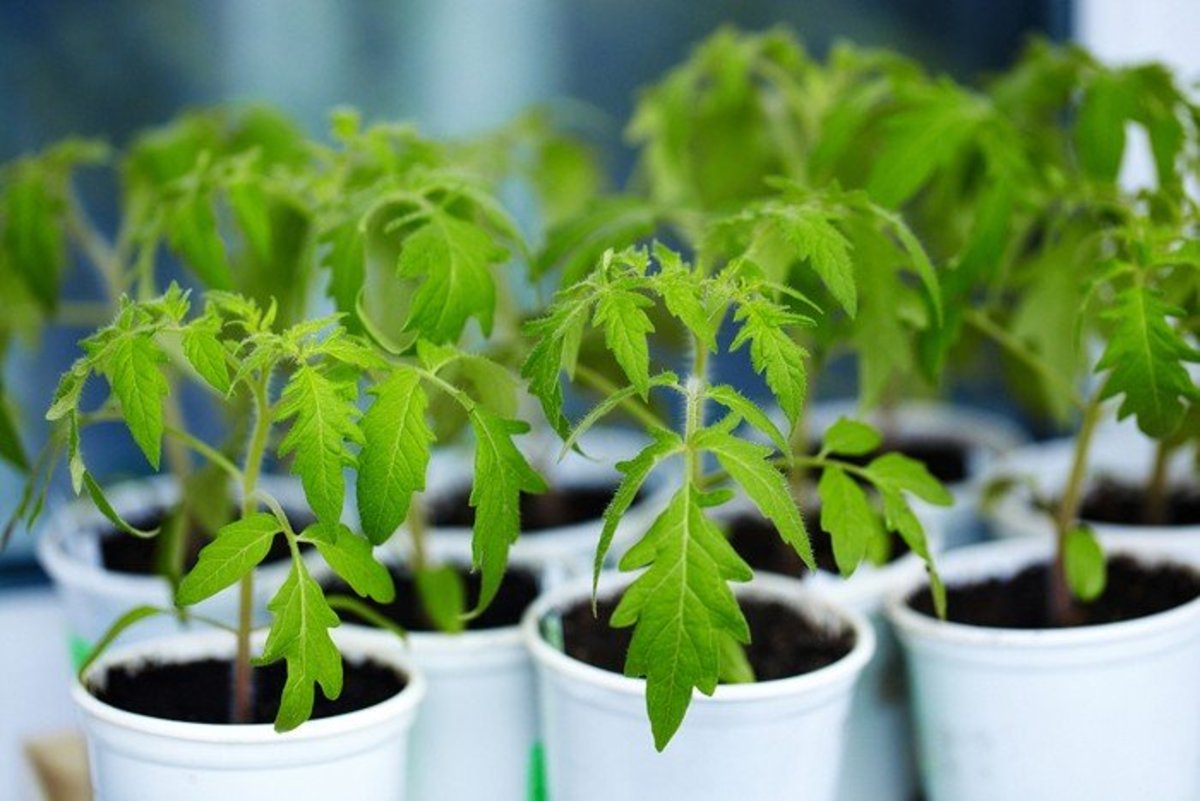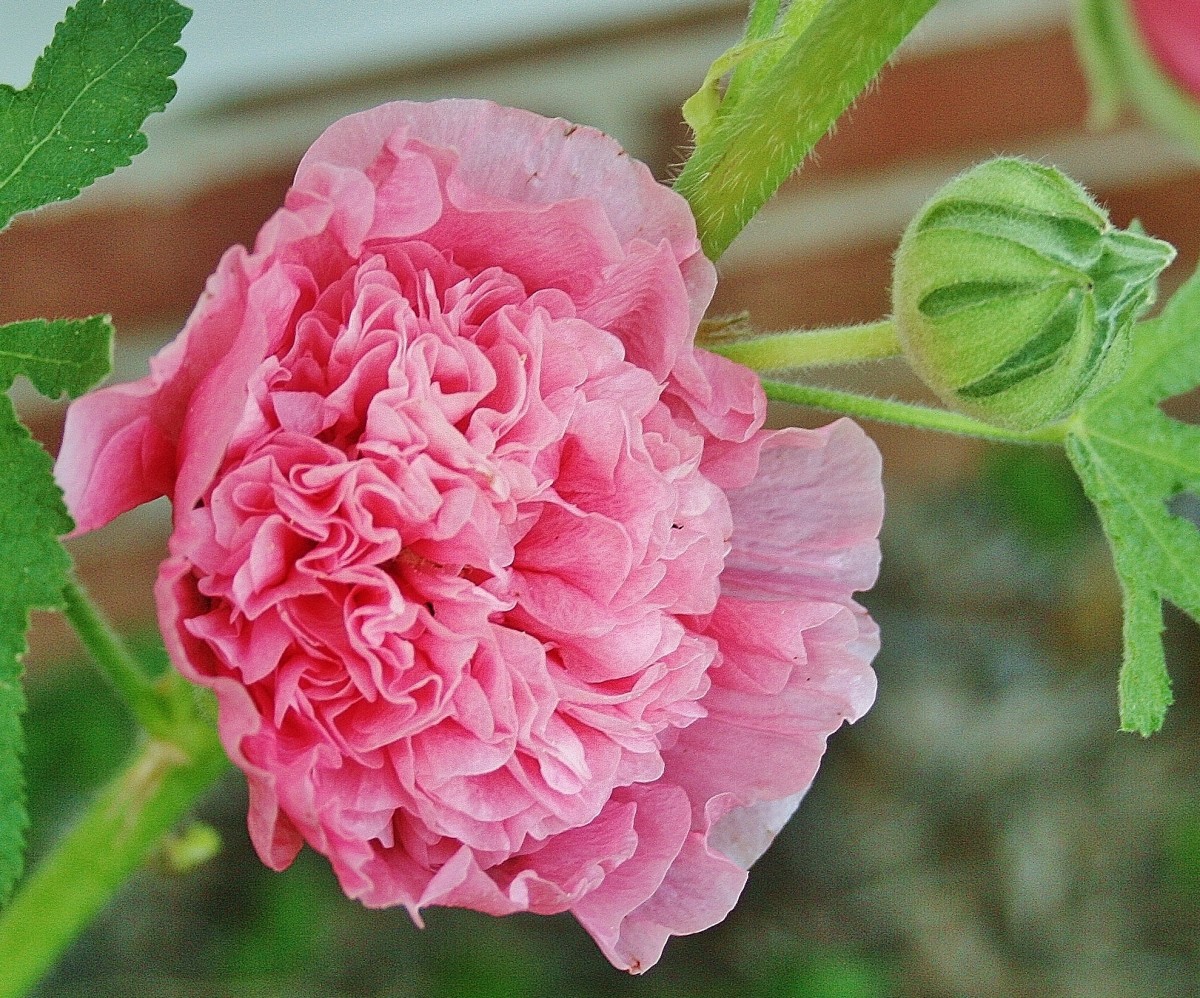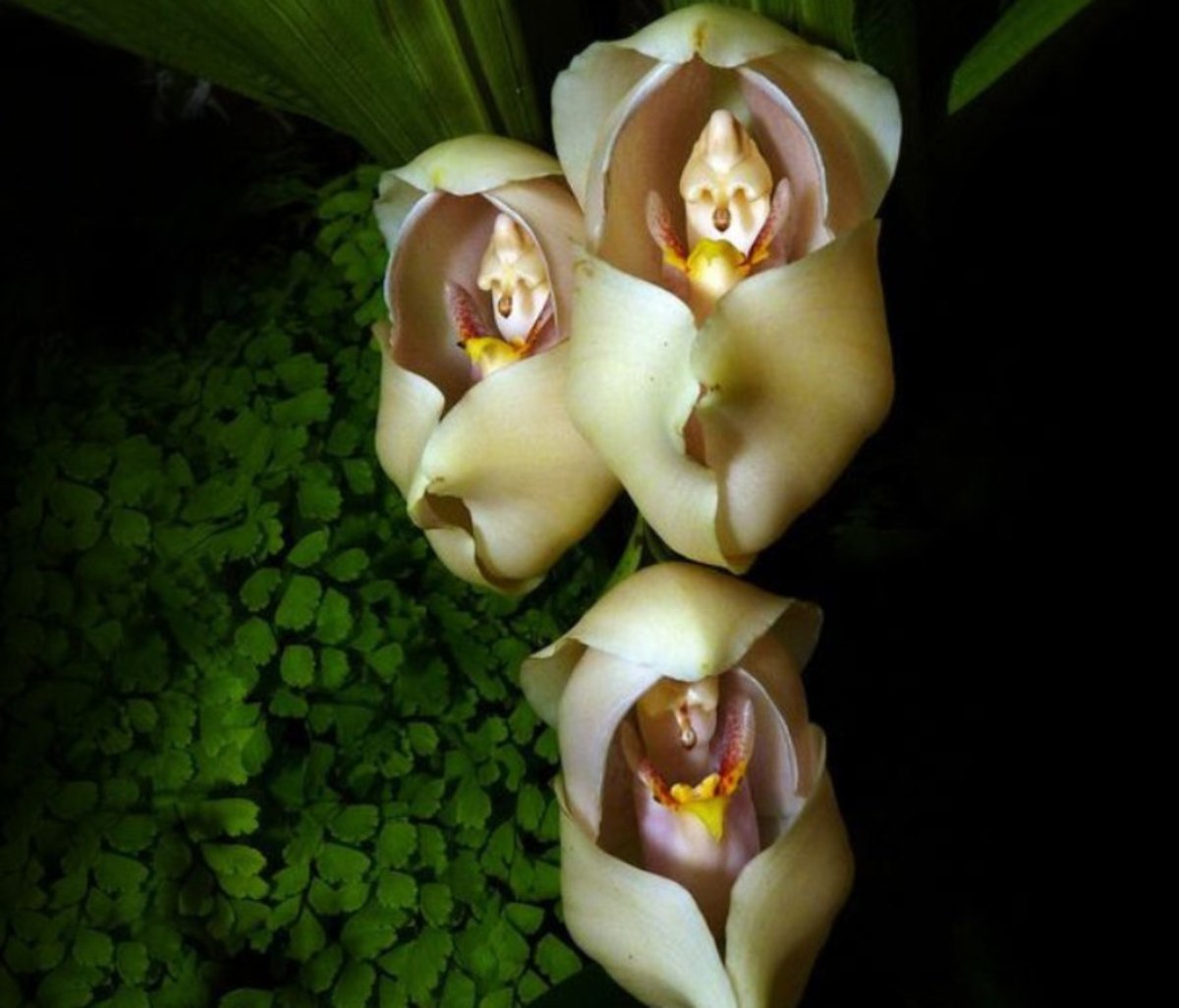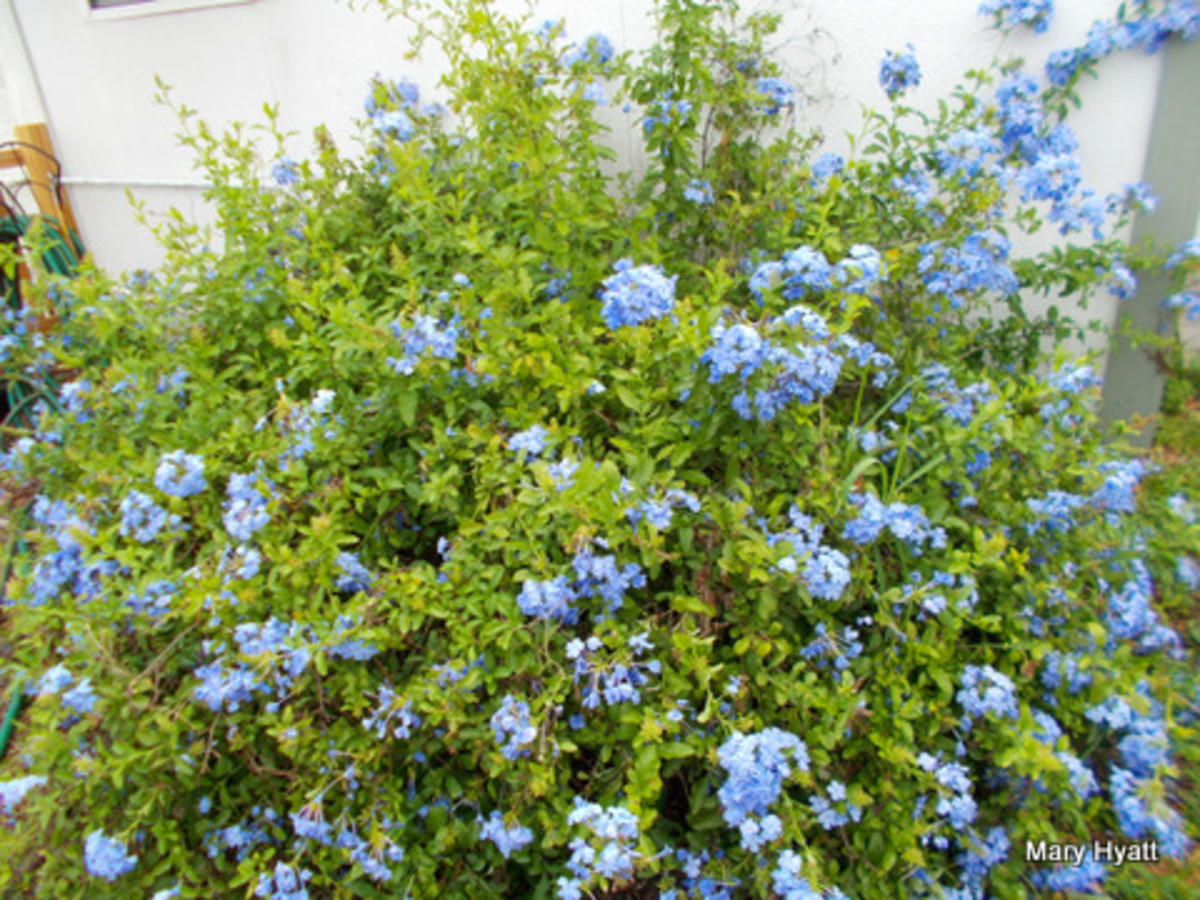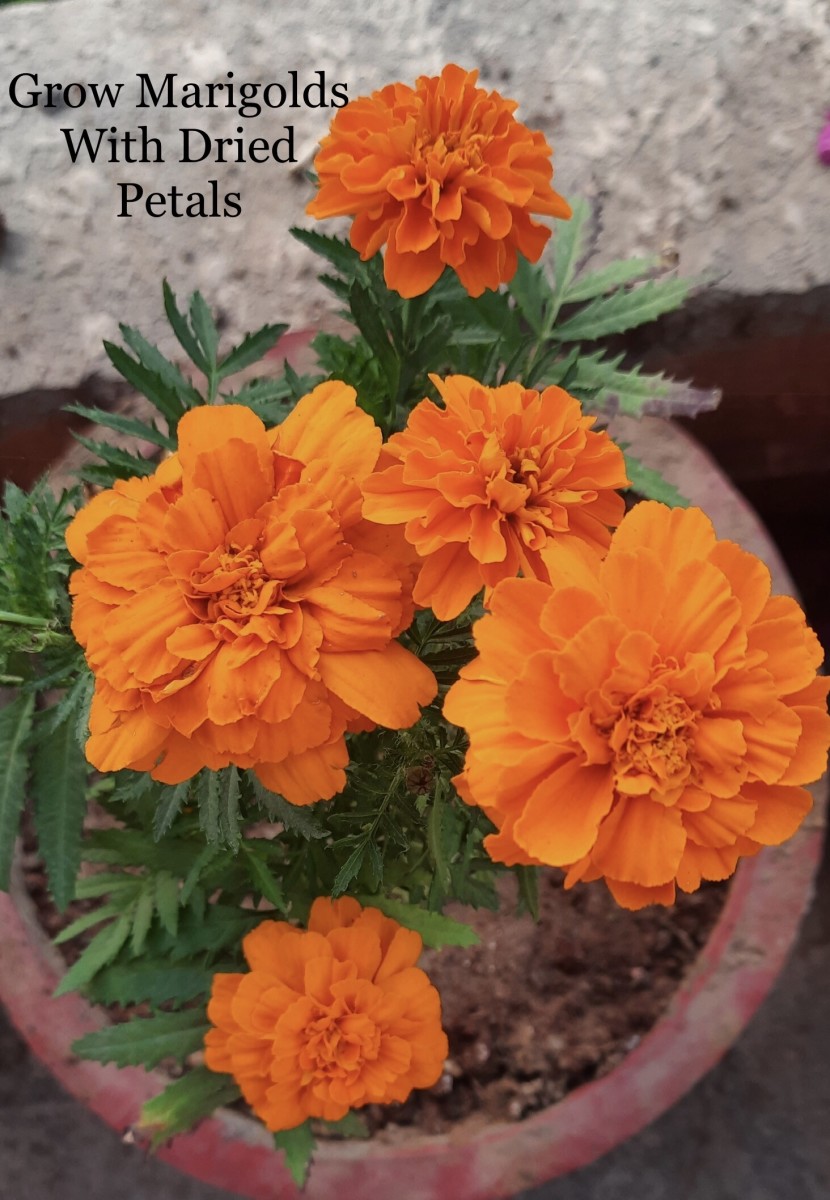Gentian Growing Tips
Gentian Flowers
While the gentian comes in a variety of annual and perennial species (with a few biennials), most people in the West know them as a dark blue flower, although the fringed gentian is gaining in popularity as well.
Gentians grow in just about every part of the world with the exception of Antarctica.
But gentians are far more than the little blue flower most of us think of growing in the mountainous regions, as it can be found successfully growing in number of disparate climates.
They can also be anything from a small herb to a huge tree in a rain forest.
Flowers for the overall species can come in a variety of hues, including blue, red, yellow and pink, among others.
They are a finicky plant to grow, but it can be done successfully by following these tips.
Gentiana Dinarica
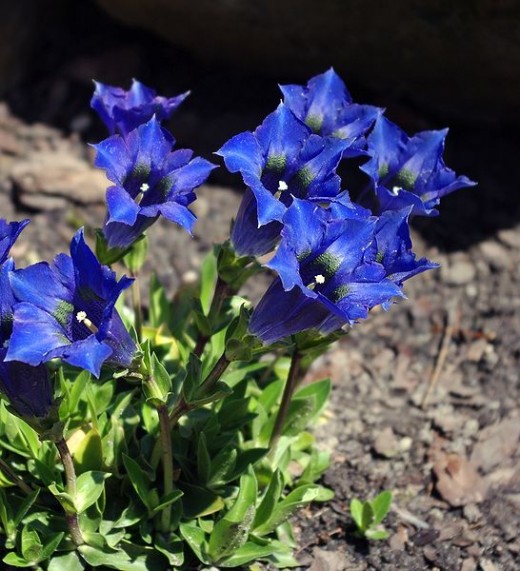
Rock Gardens
The reason why gentian are identified so much with mountain regions is because they thrive in moisture, tapping into underground water in the summer and the snow on the ground in the winter.
Consequently, gardeners love to use them in their landscaping scheme as a rock garden.
I'm referring here to the deep blue gentian mentioned earlier and seen in the photo to the right.
Fringed Gentians
A unique species of the gentian is known as the 'fringed gentian,' which as you can see, looks totally different from the traditional gentian. They are categorized as Gentianella.
Fringed Gentian
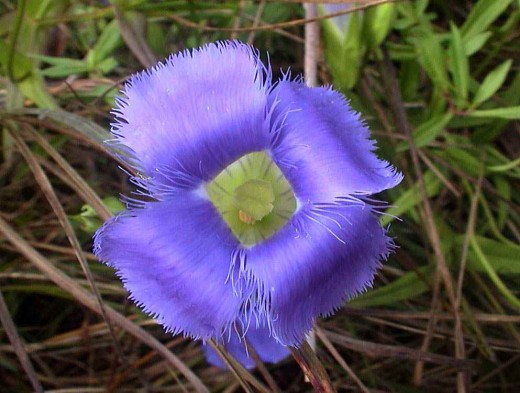
Uses of Gentian
Gentian is actually a very practical plant, used beyond landscaping purposes when embracing the overall species.
They have been used for herbal remedies for thousands of years, making dyes, liqueur flavoring, skin care, perfumes and weight loss products, among many others.
Where to Plant Gentians
Most of the gentians available for propagation are the type that prefer moister areas, so placing them in areas of rougher soil that retain moisture is the best location for the touchy plants.
This is because it replicates somewhat the moving mountain streams they're used to, as well as rainy areas it thrives in.
An area that dries out quickly in the summer won't work well.
Most species of available gentians do well in rock beds or raised beds too. It's smaller size lends itself well to these locations and conditions.
The closer this plant gets to its natural habitat the better, so attempt to mimic those as closely as you can; meaning the gritty, wetter areas it is used to.
Soil pH
The pH of the soil is an important factor for the gentian to survive and thrive, and there are a couple of things to understand in that regard.
Some gentian prefer acidic soil, some alkaline, and some do well in either.
Read the instructions or do research to find out which is best for your particular species. If you buy them from a local business, ask someone who knows what is best practices for the species you choose.
When to Sow Gentian
Check your particular gentian species for best practices, but in general, and depending on how quickly you want them to emerge from the soil, a spring to June sowing, when doing it outdoors, usually brings the quickest results. Again, it depends on the variety.
Some gentian don't mind being sown in the fall months, and some experts sow them every month of the year. But overall, sowing in the spring appears to be the best time for the majority of gentian.
Gentiana Verna
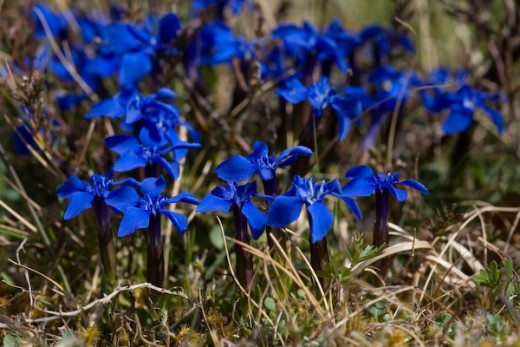
Sowing in Pots or Flats
If you want to have more control over the process, sowing the tiny seeds in a pot or flat can work well. The problem there is being patient, as they can take anywhere from a couple weeks, or a little longer, all the way up to a year to germinate.
Those who are inexperienced with gentian may even believe they've failed in their germination efforts because of the lengthy period of time. Don't through them away if they don't emerge, but simply wait them out.
Watering from the bottom is preferred by the plant.
Check the instructions for the particular species you're sowing, as some of them will need to be chilled after they are sown.
Watering Tip for Quicker Germination Results
The alpine home of the plants make them respond better to moving water. Some gentian experts will simulate this action by placing a flat of seeds in slow-moving water outdoors, or placing them in a trough with gravel and placing a hose with slow moving water as the source.
Many times seeds that take a long time to germinate will respond in a few days to this process.
Gentian Care
The key for successful gentian care is almost exclusively related to proper placement.
Most varieties available to gardeners want the moist, cooler areas of the garden; although they like sun as well. The key is to be sure they don't have a lot of the hot sun and the soil isn't allowed to dry out.
This is why placing them near water is a common practice, and why they do well in rock gardens. They still need to have good drainage though, even with the need for moister locations
For the most part cold winters don't bother the gentian at all, as they are used to the cool elevation associated with mountains.
Don't Disturb Gentian
Gentian are notorious for not wanting to be disturbed, so be sure you put them in a place where they won't be bothered.
It's also best not to attempt to divide gentian, as you'll probably kill the plant. You can propagate a plant by taking a cutting, as long as it hasn't flowered yet.
Some, like Gentiana verna, must be watched closely, as they flower prolifically, making them difficult to cut.
Transplanting Gentian
If you are growing gentian in flats or pots to transplant them, take the seedlings out after germination when they are still very small; the longer you wait the less chance of success.
The seedling will flower the spring after they are germinated.
Try Plants
If you know where you can get your hands on some plants from a nursery, you may want to go that route, as it takes a lot of patience to await these plants, which take some time to germinate.
Here you want to remember the size of the seedling you're buying, as the larger it is the more it may struggle to survive when transplanted. Ask questions and read the instructions for the particular species you're acquiring.
Conclusion
The reason Gentian are so desired by gardeners, in most cases, is the beautiful, deep blue color that comes with a number of species.
When successful, they add magnificent color to the garden, and can, for the most part, be successfully and more easily propagated once they set in the ground.
Gentians are definitely worth the effort.

